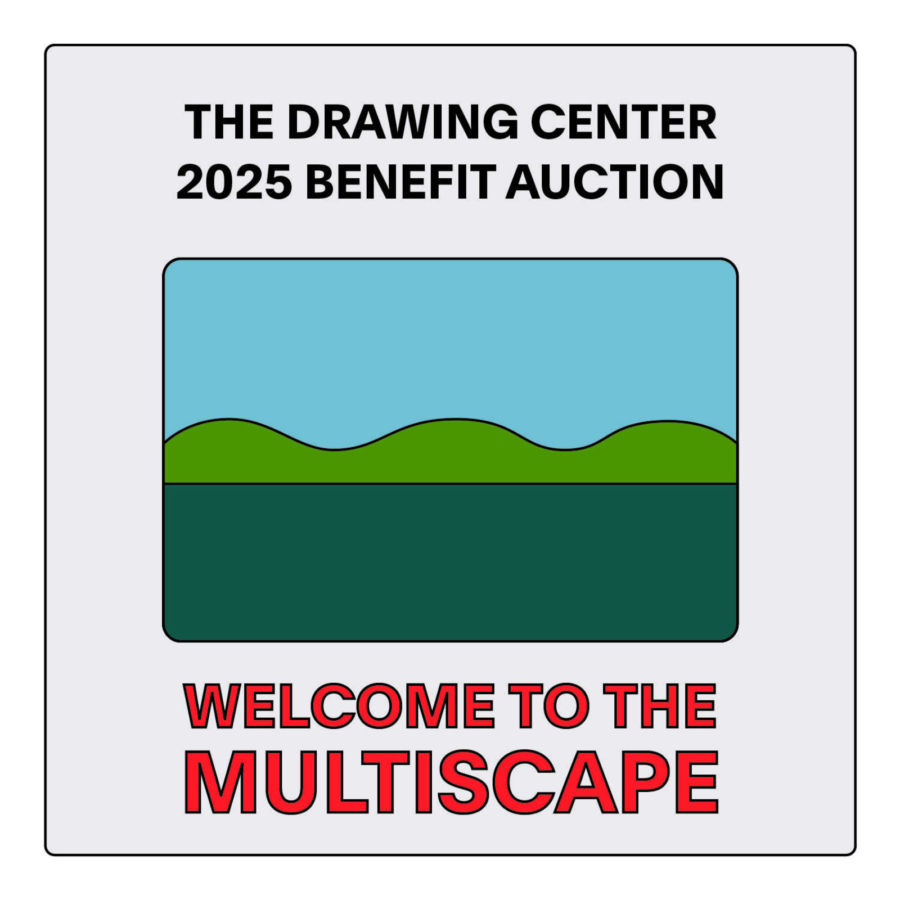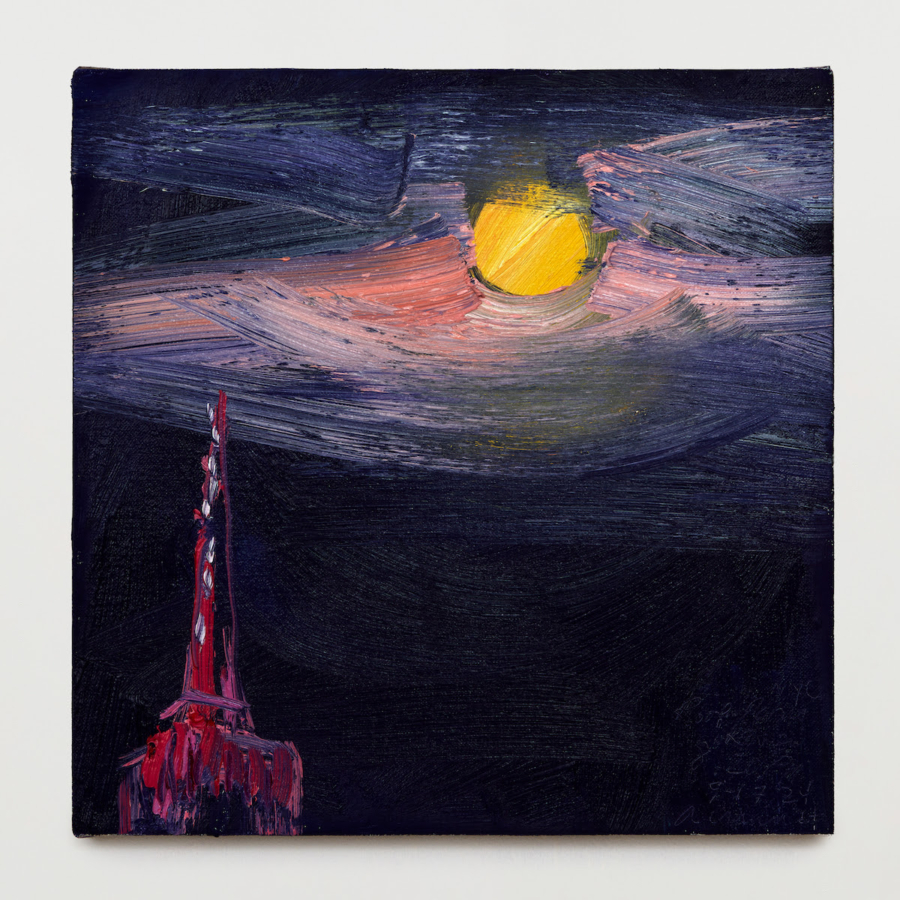The New Sculpture 1965-75: Between Geometry and Gesture, Whitney Museum of Art, New York, 1990.
“Mountains of Chance, Documents of Ruralism . . . Changing Manufactures” was the way that Alan Saret aptly characterized the concerns of his first one-man show at the Bykert Gallery last year. The current show of watercolors and drawings, and the sculptural pieces simultaneously exhibited at his downtown loft extend these same themes with a new scale and confidence. This assurance was bred, perhaps, by the shift from a fairly small, narrow working space (and from a gallery context for the display of the three-dimensional work) to a spacious high- ceilinged studio in which all of the factors of the environment (walls, floor, windows, ceiling, spatial core) are utilized more freely and fully than in previous work.
Although he was invited to participate in the Whitney Museum’s “Anti-Illusion: Procedures/Materials” show last spring, Saret chose not to be included, with the implicit claim in such a refusal that his work operated in areas contrary to the title’s assumptions, and that it was, in fact, highly involved with illusions. The distinction to be made here is an important one; it offers a clue to some of the differences which the artist must have felt when considering himself in relation to the other artists whose work was seen in that show. While Saret is not working with illusion in the traditional sense of making one thing appear to be something visually that it is not in fact, he is dealing with illusion in its capacity to evoke a modification of hal- lucinatory images or to recreate fantasy notions of highly personal significance. This immediately puts him at a remove from the more functional, materialistic and conceptual propositions of work such as Richard Serra’s lead-prop and splatter pieces, Lynda Benglis’s poured latex paintings, or Eva Hesse’s rubberized cheesecloth and fiberglass sculptures—the work of some of those who have been considered the pro- ponents of an anti-illusionistic, procedural attitude. Site, time, and quick expressive gesture of a material-bound nature are all factors which certainly do connect Saret to these other artists, since he, too, calls upon the viewer to respond to changing materi- als, to their tenuous formal or informal relationships, or to their position in a particular, though constantly reorganized location. Disorder, dispersion, and disintegration are as much properties of his art as are allusions to structure, armature, architecture, and situation. Nothing is allowed more than the most brief formal or temporal conclusion. The building materials them- selves are of the most fragile, lightweight quality: flimsy rubber, flexible wire and screening, or bamboo that cracks under its own stress. They tell us a lot about a particular and present state of mind and of living in New York.
The watercolors and ink drawings are whimsical and intricate—like a child’s bird’s-eye visions from a tree house— of pastel landscapes and foliage filigrees. Druggy views of metamorphosing plant shapes, caves and cliffs, or scrolling waves facet into cellular head-scapes. Fusing mirror images of spectrum-hued mushroom trees float around and through Japanese pavilions or fortress walls (they suggest an effect similar to the paired reflections of his exhibition announcement, a photo of a bamboo pole and cast-iron cornice piece, which the artist had also posted at the gallery). In one group of drawings Neptune is rising out of the sea with a trident and dolphin—a private version of symbols which perhaps refers to Saret’s interest in past civilizations and in the re-employment of their artifacts. All.this may seem quite irrelevant to the offhand experience of the sculpture, but most of these images provide a key to the mutable “architectural situations” which Saret has created in his loft; and they find their equivalents in the thick bamboo poles, cast-iron cornice volutes (remains from the roofing of a demolished industrial warehouse in his neighborhood), heaps of colored Tags or chicken-wire screens and webs which are the other components of his work.
On the other hand, there is the recognition of an intense need to articulate the idea of a rudimentary architectural or sculptural shelter (canopy, tent, curtain, transparent wall/window/screen, or tepee forms often dominate the pieces). The coefficient ne- cessity is that of viewing the work within the specific context in which the artist has situated it and worked on it. This new and integral relation to place may account for the more retiring and insecure aspect of some of his earliest work which was moved from studio to gallery for exhibition—and with some loss of its original and intended effect, as I recall from having seen some of those first pieces in the artist’s studio, where shafts of soft afternoon light diffused the chicken-wire masses into glittering clouds, an experience which could not be altogether recreated under gallery lighting. On the other hand, this continual and continuous recasting of the “furnishings” of his own space gives evidence of the esthetic impulse to emphasize the mutability of the materials and structures, and to undermine any sense of their permanence. This is accomplished through the varied gravity-oriented manipulation of the substances (heaping, throwing, tossing, tear- ing them apart), as well as by the act of hoisting them up off the floor (on pulleys), thus actually suspending and floating pieces that once may have taken another more solidly attached or rooted form on wall or ground surfaces. The structures never really fill up space, nor do they dislodge its mass; instead, they sprawl and drape across it, teeter and fly through it, or puncture it with disarming irreverence. Again, they frustrate our comfort with permanent conditions and disorder our accustomed perception of discrete, related forms.
One work combines fragile mullioned glass “door” and window screens set up like an incomplete house-of-cards around one end of a spilling, jutting mass of torn and tipped cornices. The massive scale and weight of these metal units provide a severe, even threatening contrast to the transparent screens. Other variations of these components included a wooden scrim against which some poles were leaned, and away from which the cornice fragments projected vigorously. Another piece made of stainless steel screening (once in a looser state, then later wadded more tightly) has the elegant, almost deadly sheen and baroque qualities of a cascade of grey rubber sheeting which appeared in the first Bykert Gallery show. These two represent the more sensuous or lyrical side of Saret’s sensibility. A crumpled combination of chicken wire and heavier grid wire was first cast onto the floor, then pulled up to the ceiling like a giant, pitched bird; I am sure that after I saw it, it was hauled somewhere else, or perhaps thrown down into the pit in the floor which overlooked the basement. Saret has an ability to animate compulsively bunched and crinkled substances (wire, rubber, cloth, etc.), imbuing them with a lightness and airiness which makes his newer works less self-contained or timid than some previous attempts.
While I was in the studio, voluminous heaps of rag-waste were strewn around a bent and tottering “wall” composed of grid wire sandwiching a stretch of plastic bubble-wrap fabric. But the work is not only about the active processes of heaping, throwing, or spreading chance accretions around erected and roughly structured coordinates. It is also related to the progressive mutation of natural forms and to their disappearance, as well as to the dream of place. The most ambitious structure was an immense tepee of bamboo poles wound and its top with aqua rubber sheeting, with vari-colored quilted blankets thrown over a crossbrace near the tripod’s base. Yet this so-called “shelter” could hardly serve its function as such, since the rubber draping provided no overall covering for the armature, nor did the blankets fence off more than one of its sides–this leaves the whole thing in a state of de-objectified construction and suggests its imminent and partial disintegration. That strong sense of place which so many of the pieces generate is particularly clear where two folded sheets of silver and spray-painted chicken wire reaching from floor to ceiling are propped on either side of a corner window. Moved elsewhere this work (like most of the others) would cease to exist, in this state, or perhaps in any other. Although the transitoriness of the work is inherent in its premises the pieces may go through many unresolved stages before they reach a satisfactory point–or they may never reach such a level or solution. If one is prepared to accept these temporary proposals as positive statements about a particular (often informal) condition of change and materialized fantasy, then Saret’s efforts offer access to a distinct and personal experience of that vision of energy and reality.



